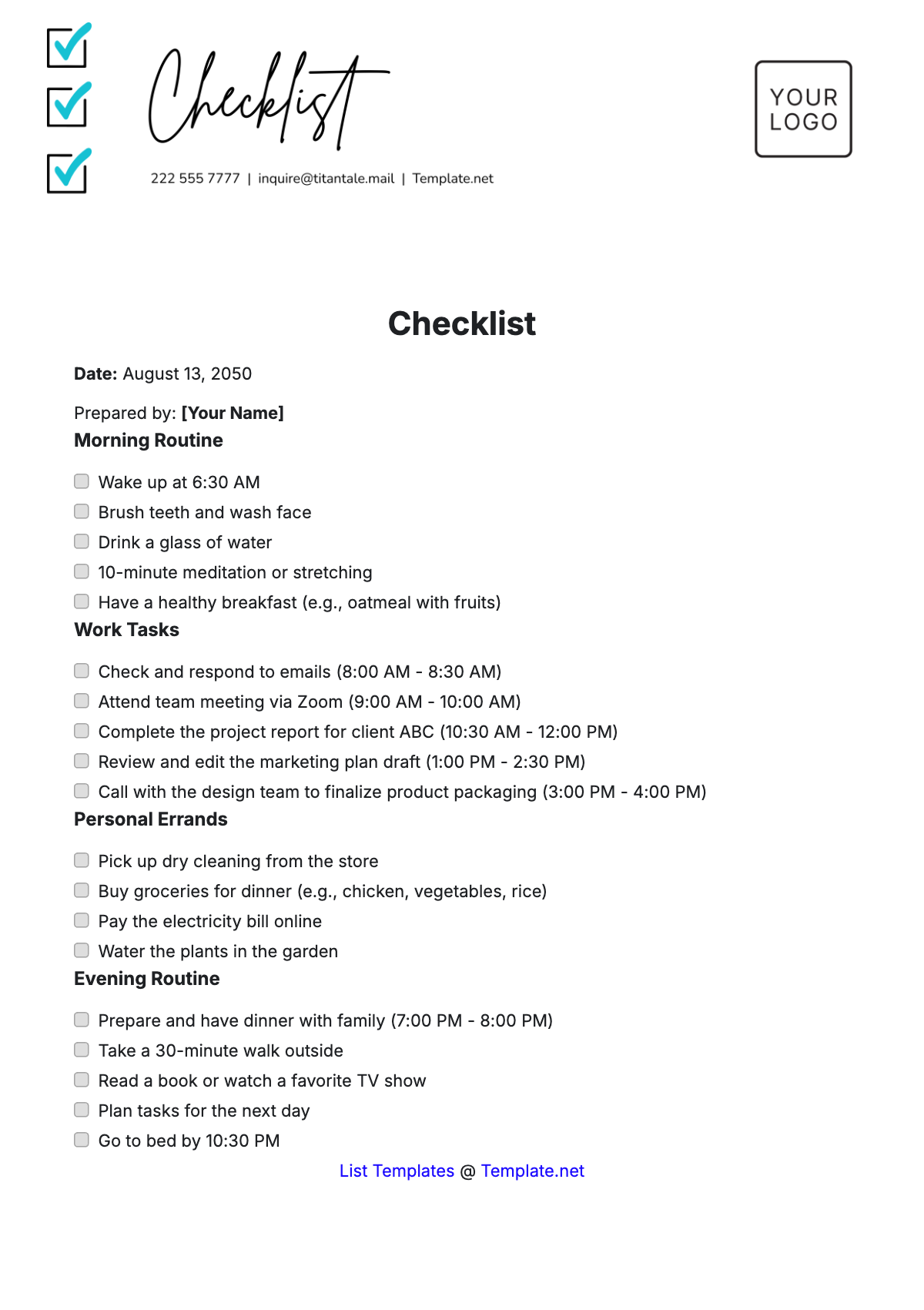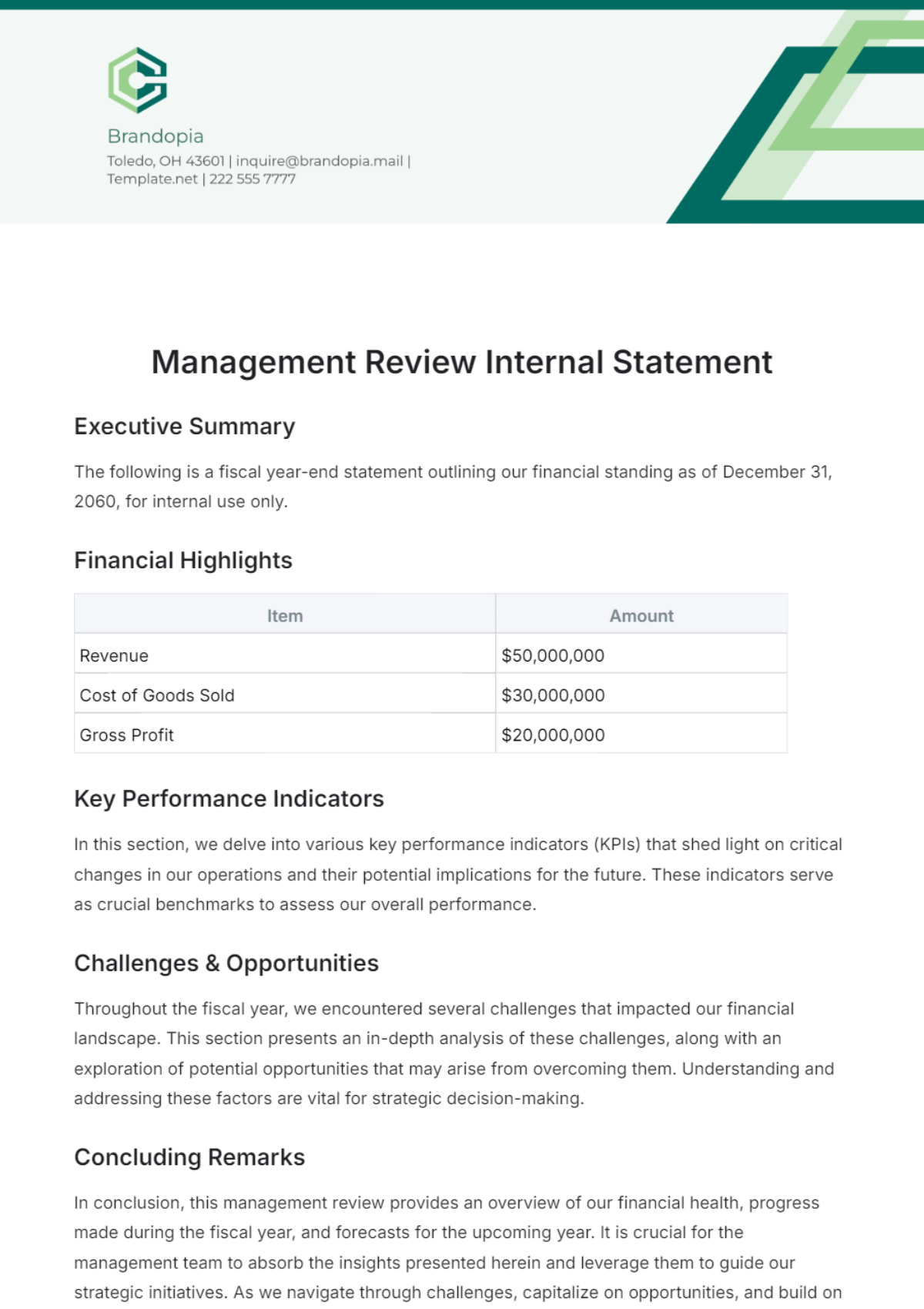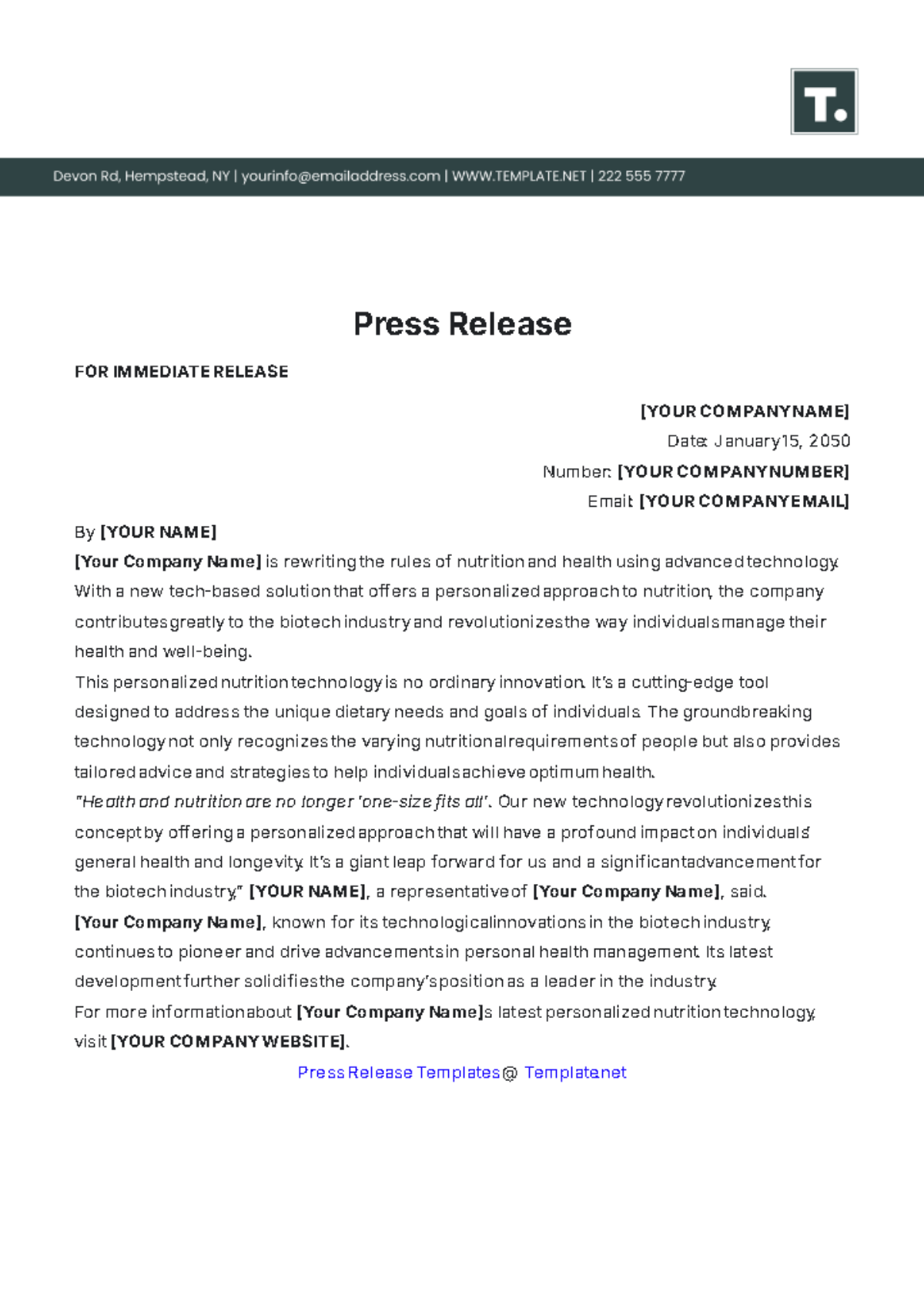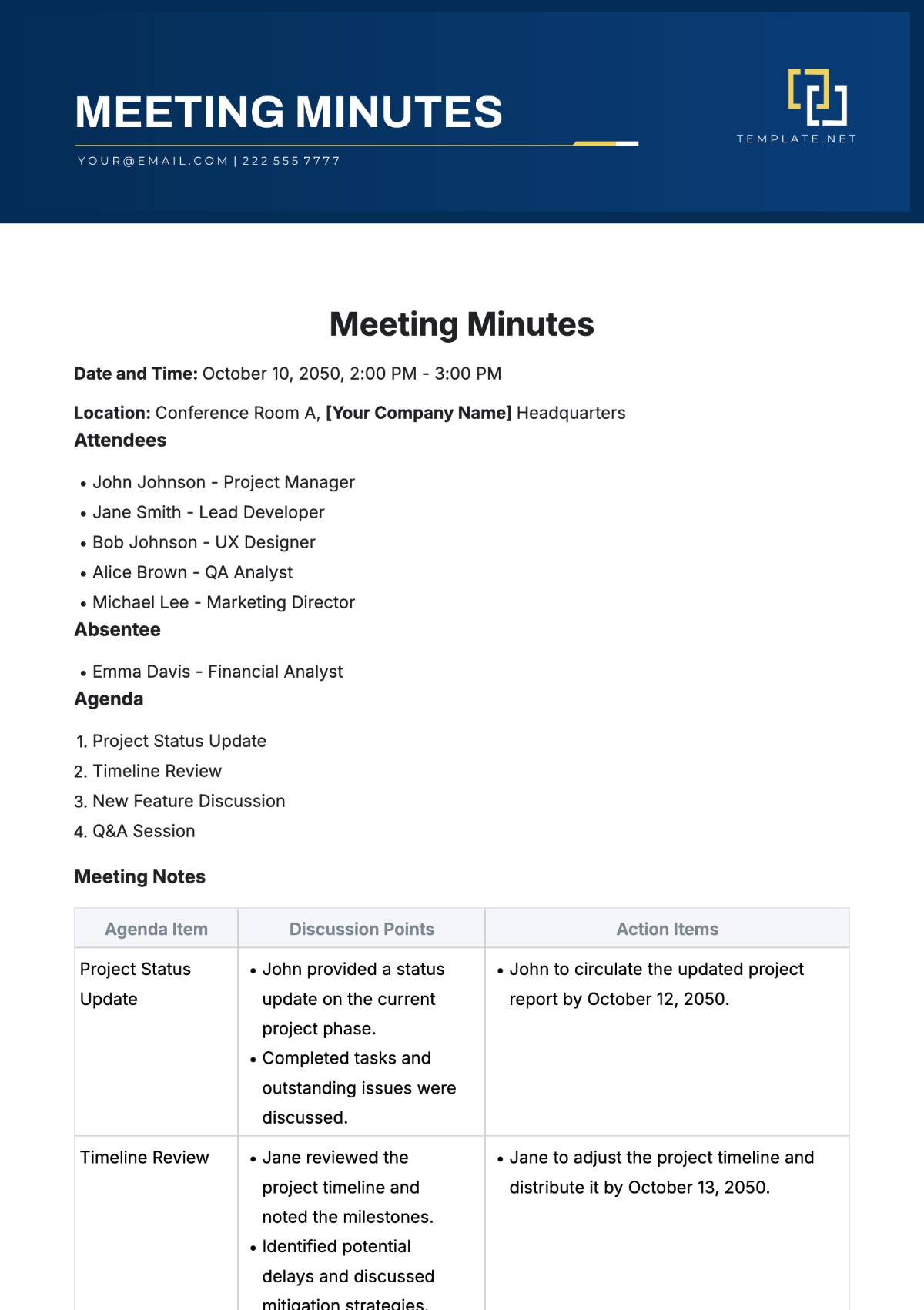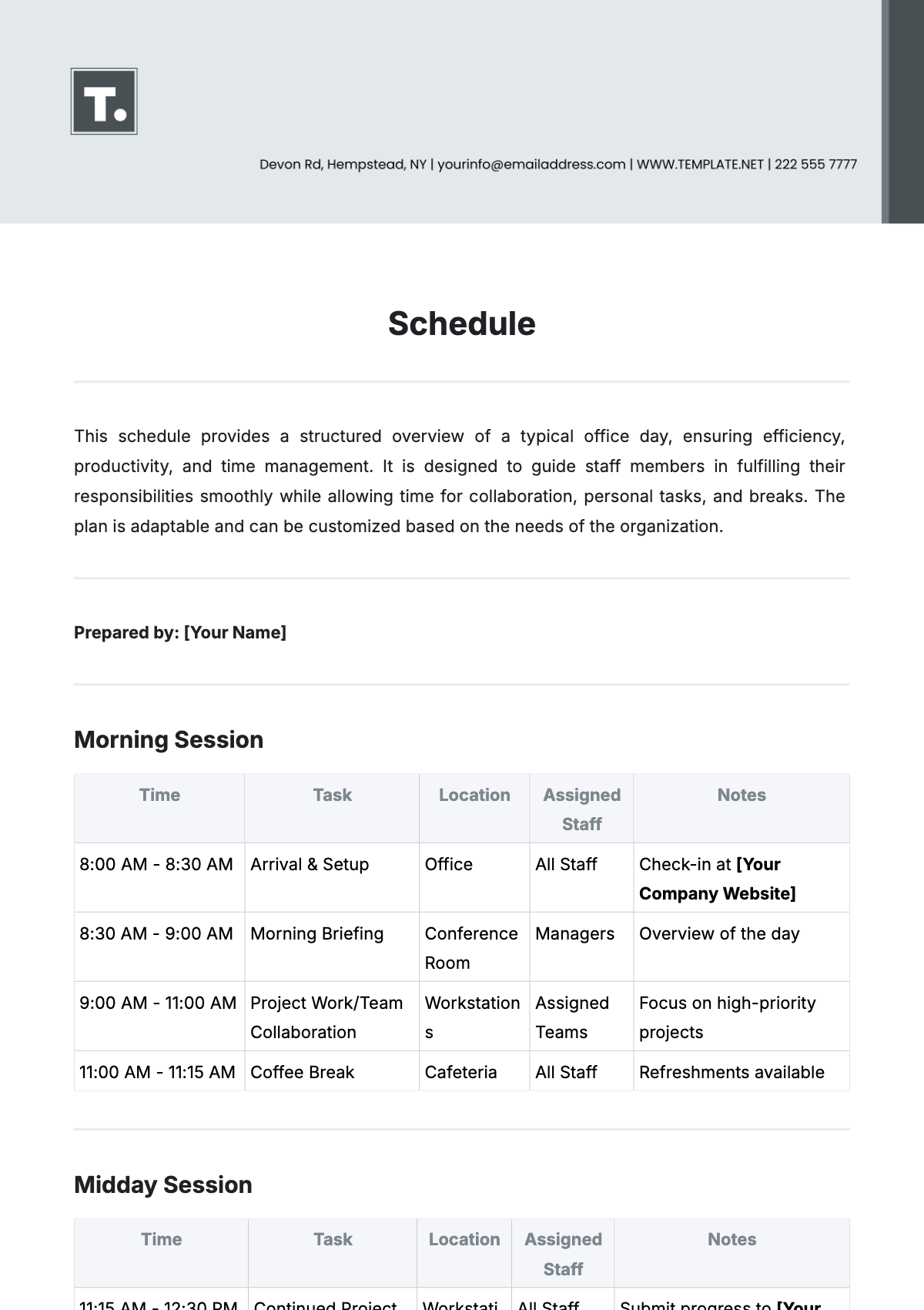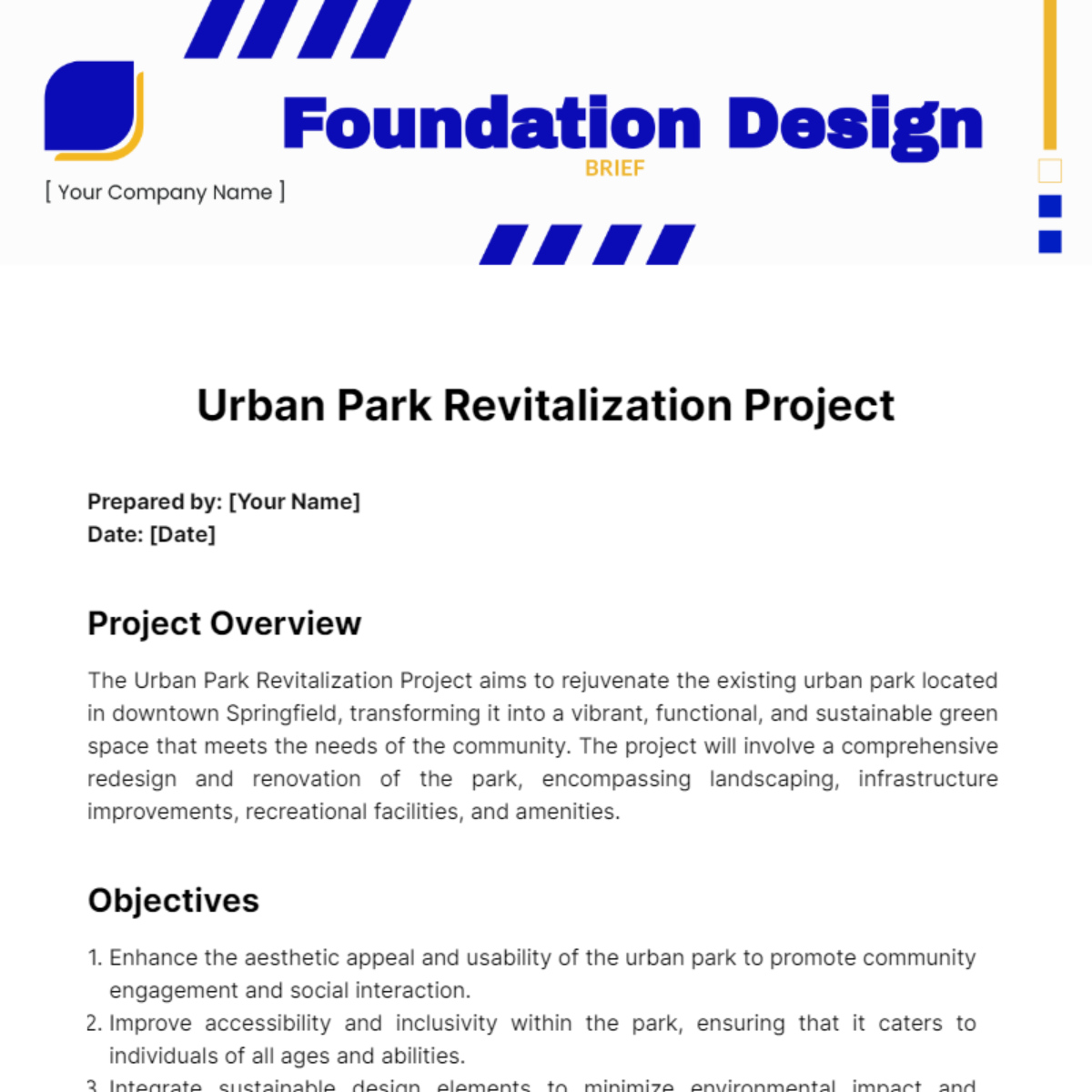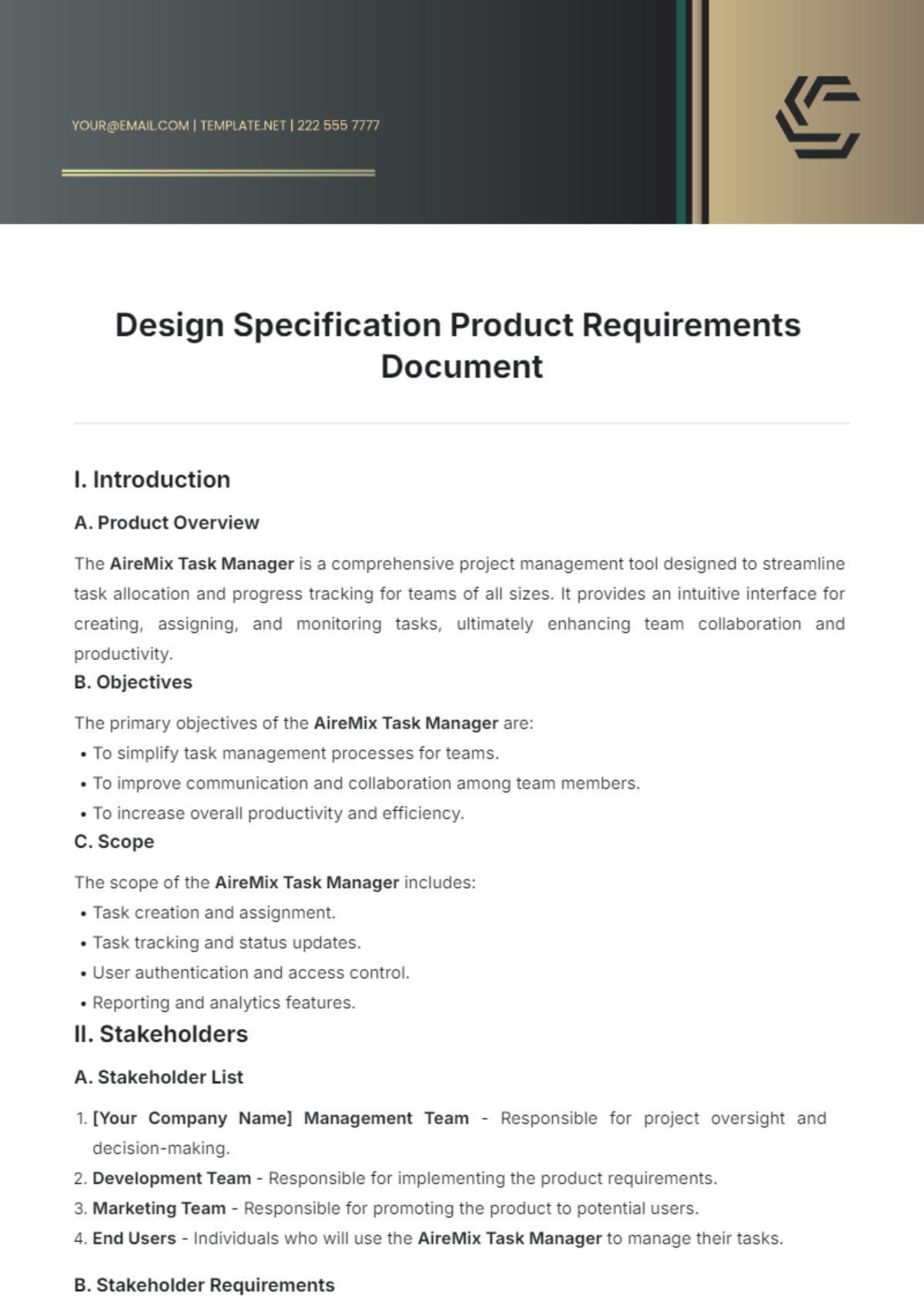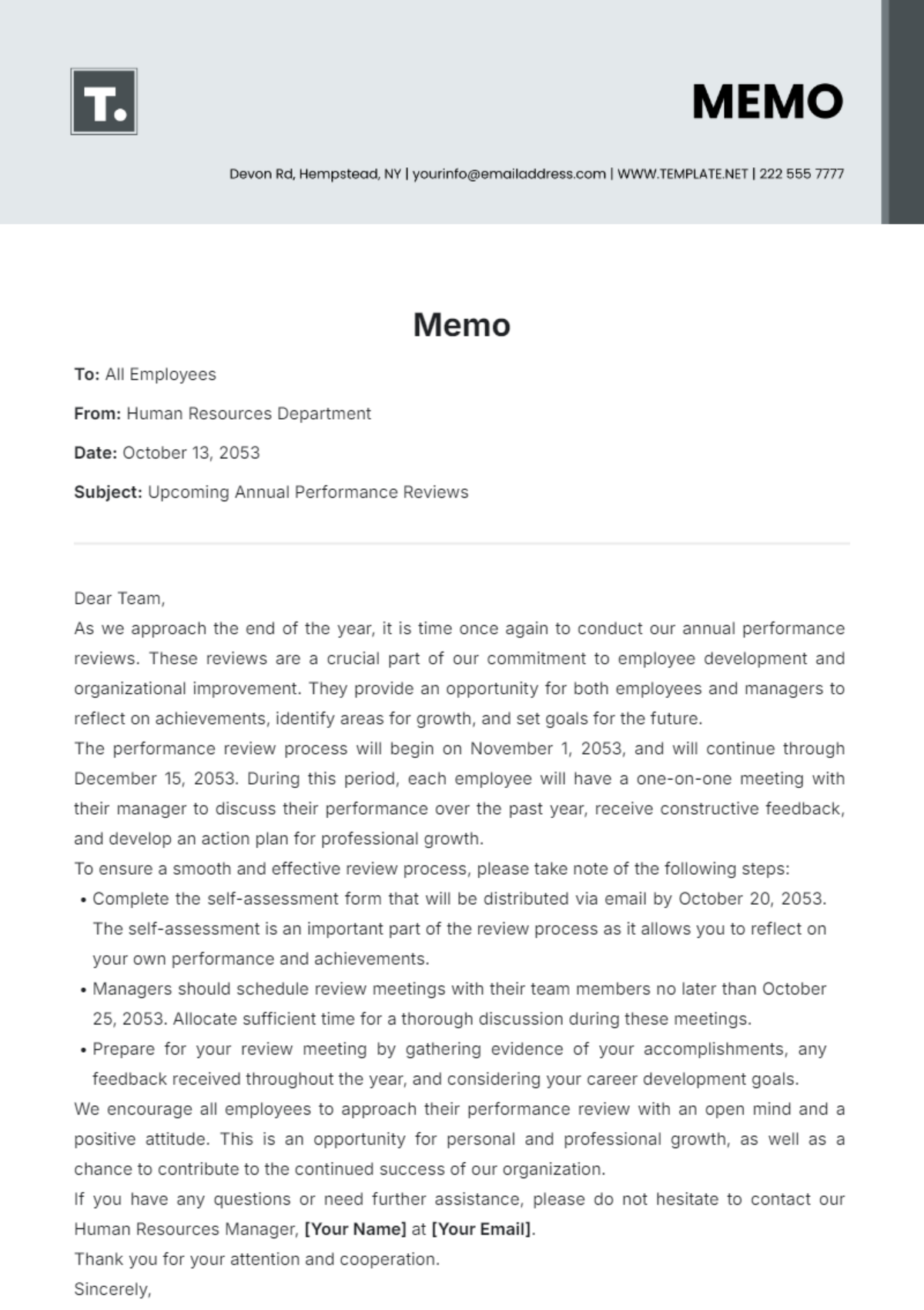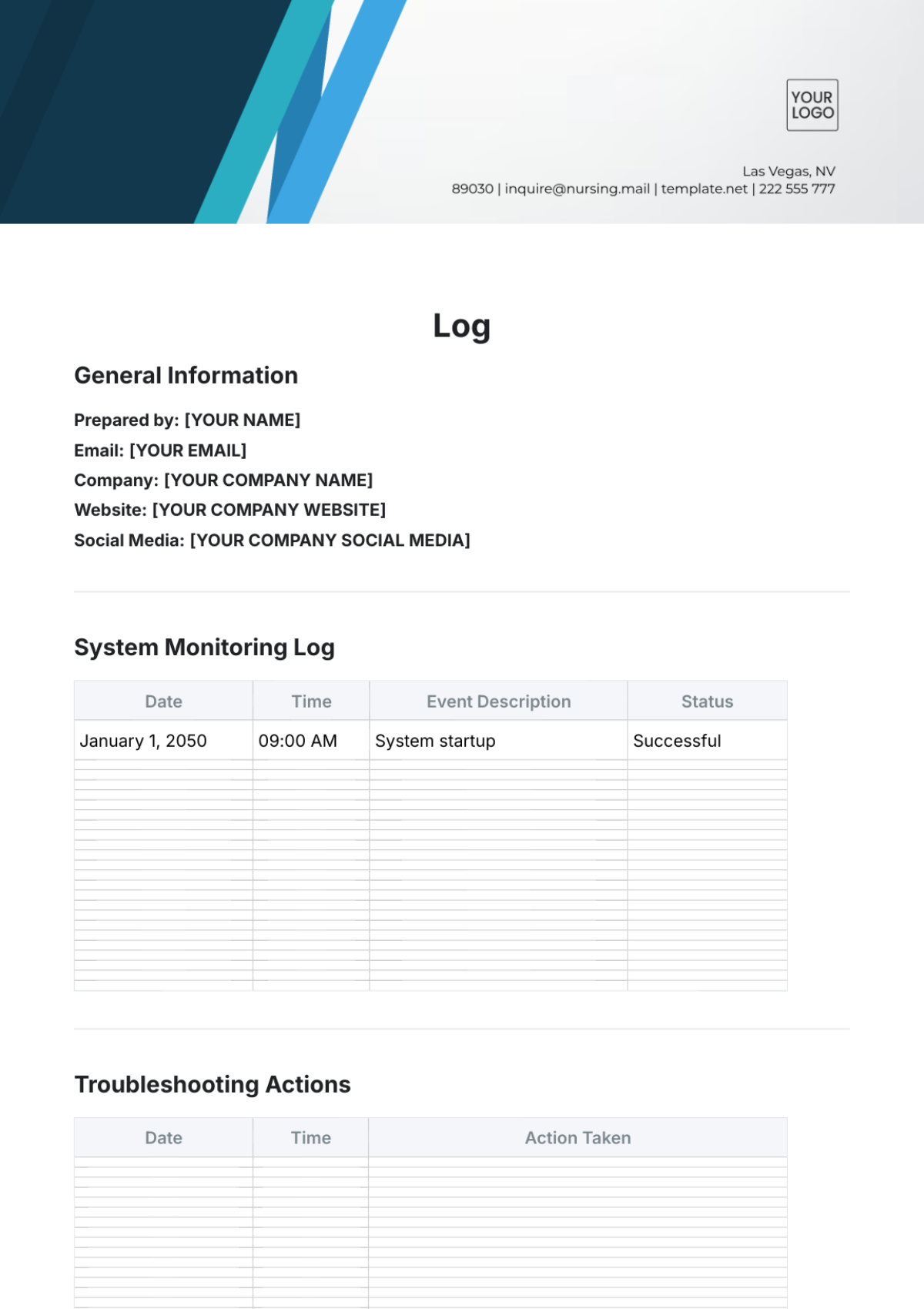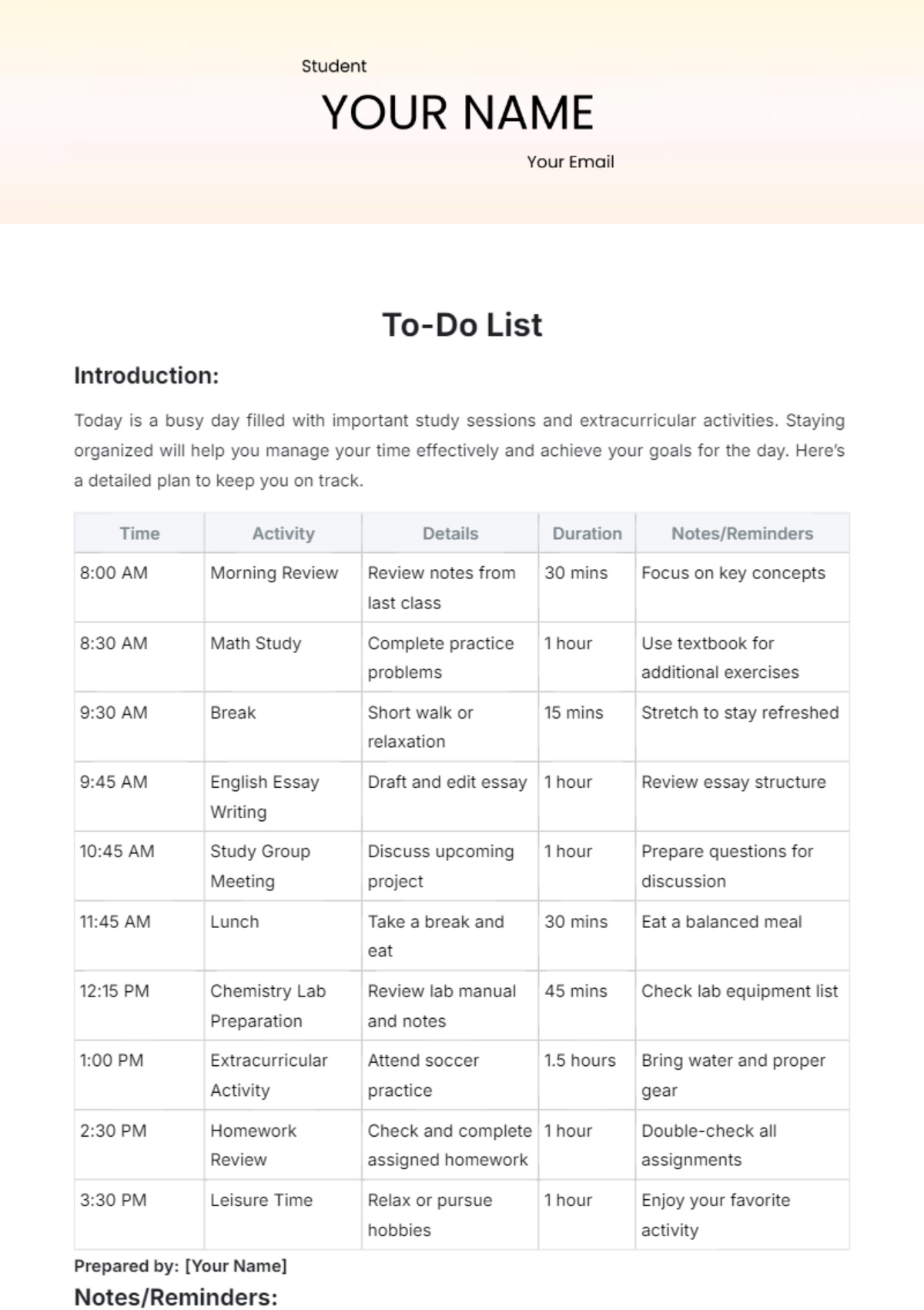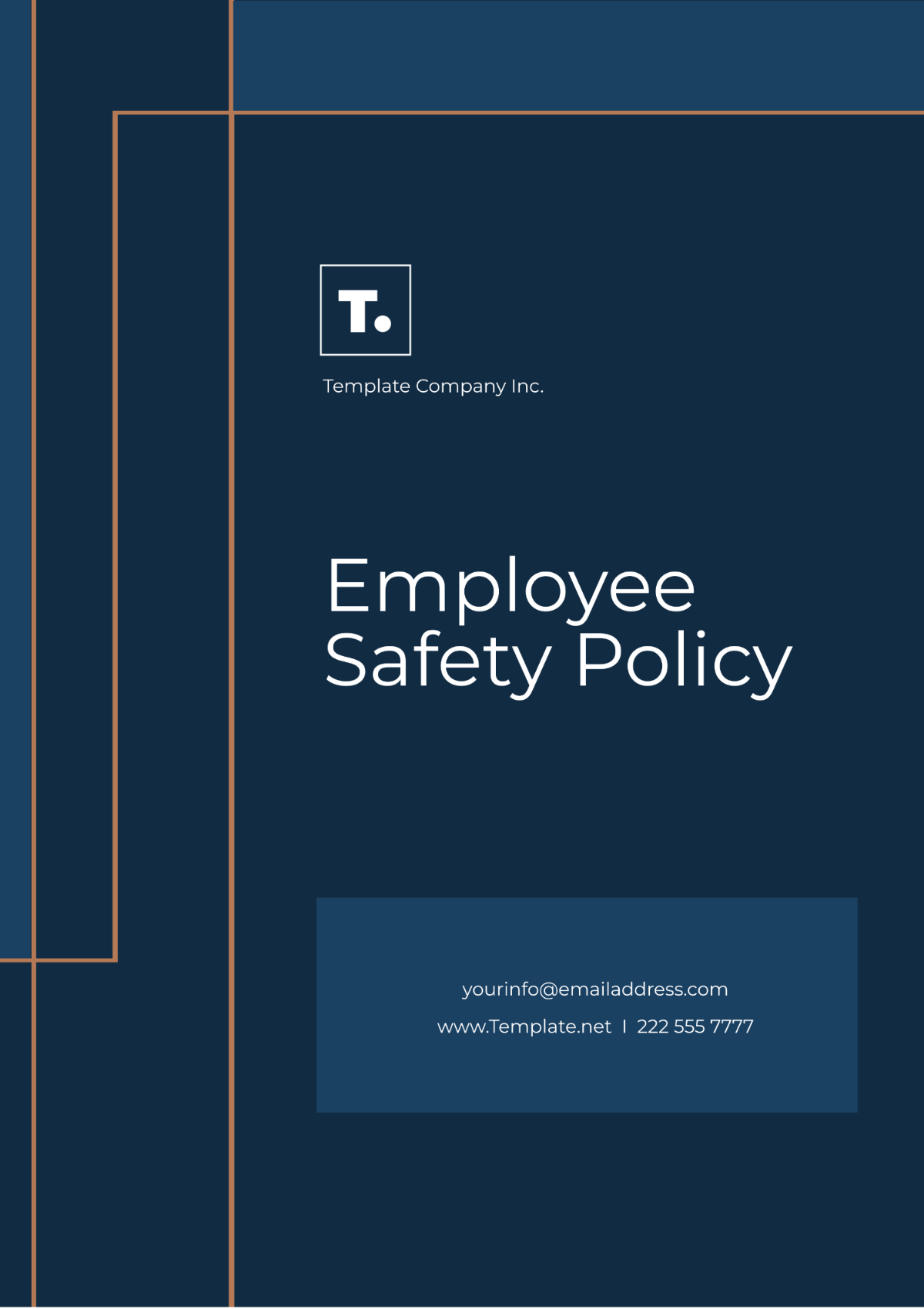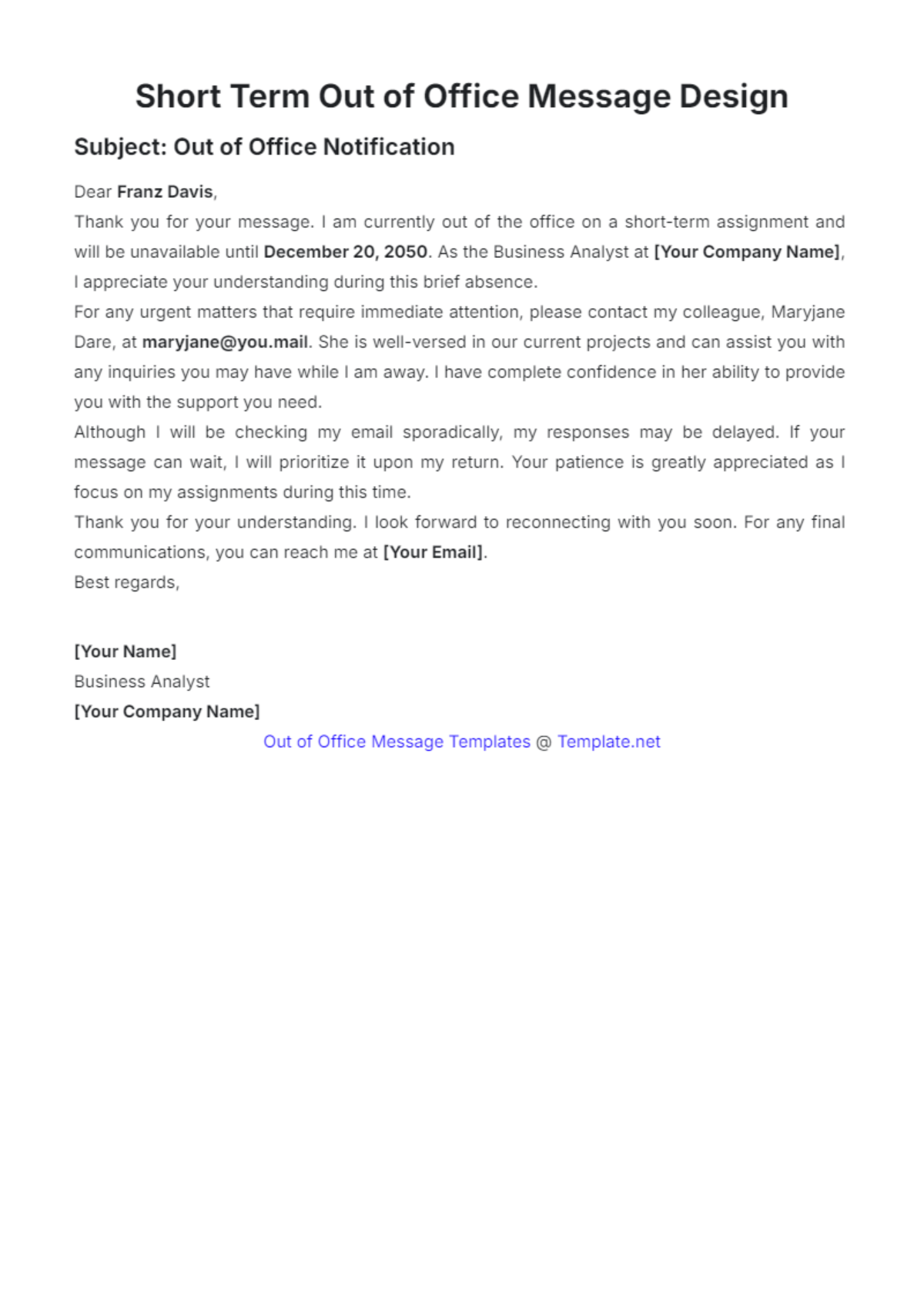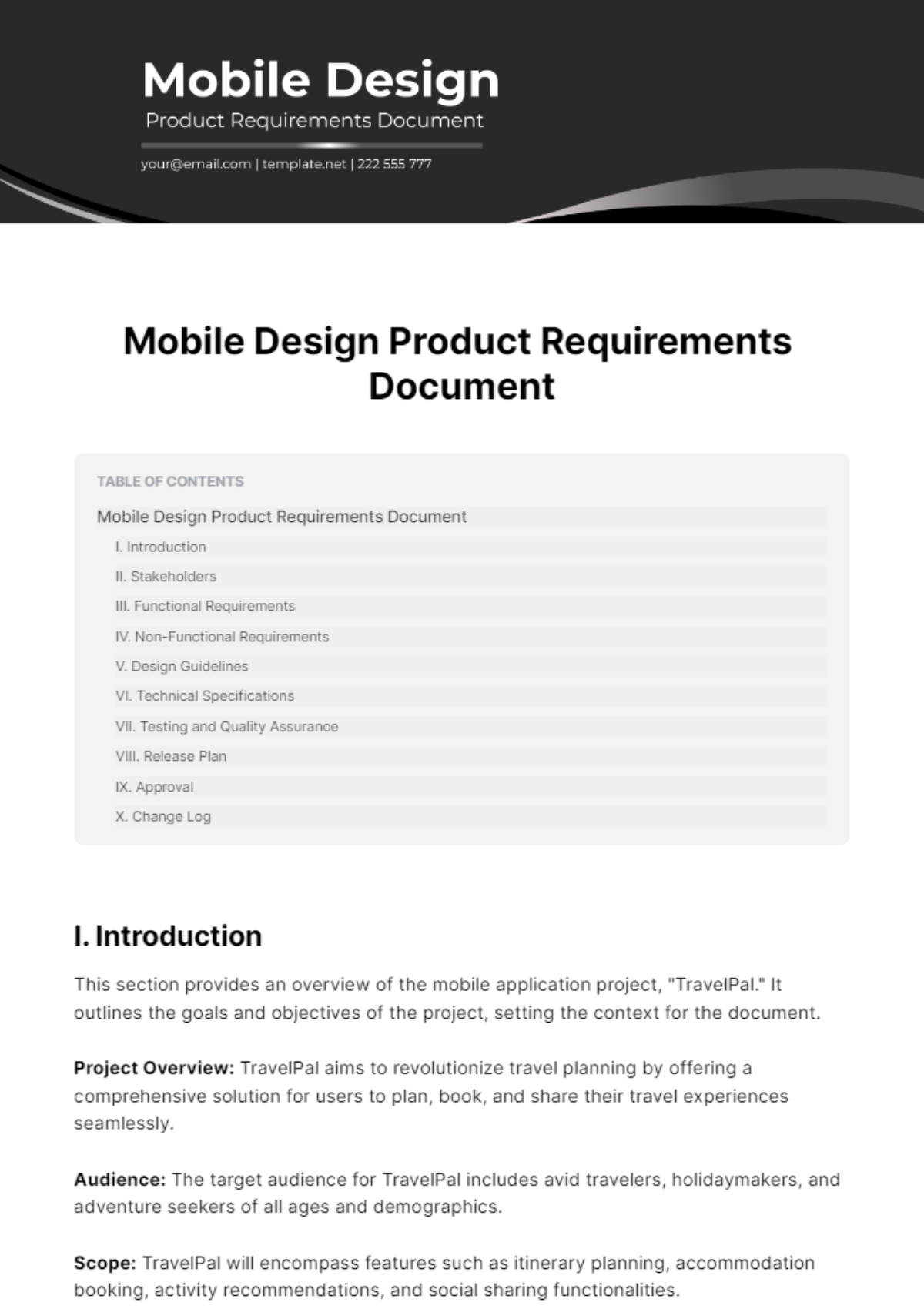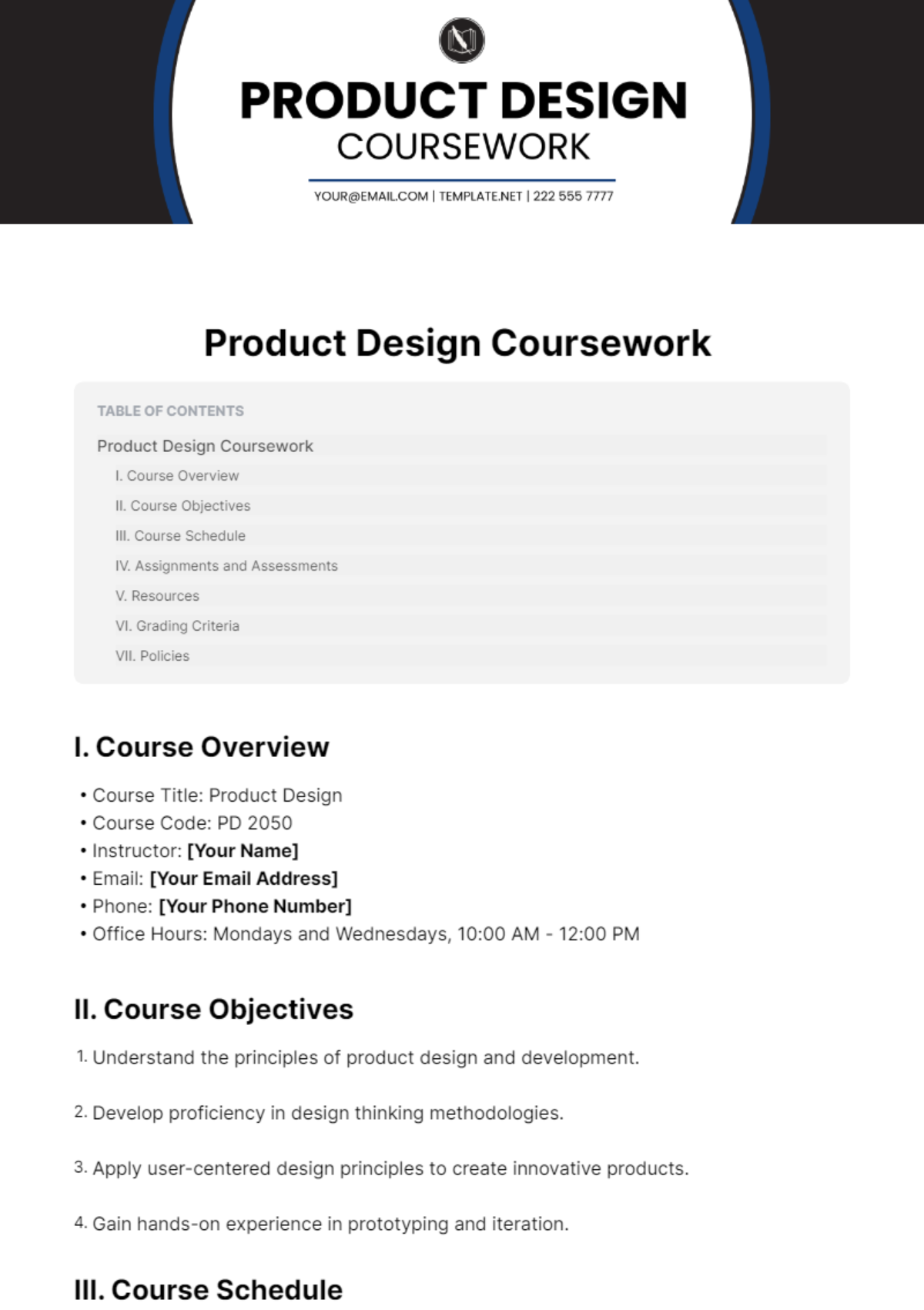BASIC PROTOCOL
Name: | [Your Name] |
Company Name: | [Your Company name] |
Department: | Research Department |
Date: | [Date] |
This protocol is designed to facilitate accurate and efficient research and data collection processes. It serves as a roadmap to guide researchers, ensuring that the objectives are met.
I. Objective
Identify and define the research question
Establish a detailed research methodology
Conduct thorough data collection
Complete systematic data analysis
Present detectable and interpretable results
II. Protocol Overview
The protocol aims to streamline the research process, ensuring that it is disciplinary and consistent. The protocol will cover all the necessary steps, including the formation of the research question, methodology, data collection and analysis, and expectation of results. In preparing this protocol, the commitment to maintain the highest ethical standards, respect for all involved, and dedication to the preservation and enhancement of knowledge is underscored.
Emphasis is placed on ensuring that each step is performed accurately, within the ethical boundaries, and in the spirit of transparency. This protocol is a living document that can be adjusted and optimized as the research project advances, to allow for the best possible outcomes.
III. Materials and Equipment
Materials:
Laboratory-grade chemicals
Biological samples
Consumables (pipette tips, tubes, plates)
Glassware
Filter papers
Buffers and reagents
Culture media
Equipment:
Microscopes
Centrifuges
Spectrophotometers
PCR machines
Incubators
Autoclaves
Gel electrophoresis systems
HPLC systems
Mass spectrometers
Imaging systems
IV. Procedure
Steps | Action |
1. | Identify and clearly define your research question. Ensure the question is targeted and will lead to meaningful analysis. |
2. | Establish a rigorous method for carrying out your research. This includes identifying the resources, tools, and materials required. |
3. | Conduct a comprehensive risk assessment for all aspects of the research, including personnel safety, chemical safety, equipment safety, biological safety, and environmental safety. Document potential risks and develop mitigation strategies. |
4. | Provide adequate training for all researchers involved in the project, focusing on the safe handling of equipment, chemicals, and biological materials. Ensure understanding of emergency response procedures and the use of personal protective equipment (PPE). |
5. | Implement measures to secure data generated during the research. Establish protocols for data storage, access controls, and backups to ensure confidentiality and prevent data loss. |
6. | Follow ethical guidelines and obtain necessary approvals, such as institutional review board (IRB) approval for research involving human participants or animal ethics approval for studies involving animals. |
7. | Set up proper waste disposal procedures in accordance with environmental regulations. Implement recycling and waste reduction measures to minimize the impact on the environment. |
8. | Regularly inspect and maintain laboratory equipment to ensure safe and proper functioning. Provide training on equipment operation and enforce usage guidelines. |
9. | Adhere to biosafety levels and containment measures when working with biological materials. Train researchers in handling, disposal, and decontamination procedures for biological hazards. |
10. | Monitor and update safety protocols in response to new risks, regulations, or changes in the research scope. Keep detailed records of safety procedures, incidents, and training sessions for documentation and compliance purposes. |
V. Data Collection
Experimental data
Questionnaire responses
Interview transcripts
Observational data
Literature reviews
VI. Safety Considerations
Personnel Safety:
Ensure all researchers are adequately trained in handling equipment, chemicals, and experimental procedures.
Provide appropriate personal protective equipment (PPE) such as lab coats, gloves, goggles, and respirators where necessary.
Establish protocols for emergency response, including first aid procedures and evacuation plans.
Chemical Safety:
Conduct a thorough risk assessment for all chemicals used in the research.
Store chemicals properly according to their compatibility and safety data sheets (SDS).
Implement measures to minimize exposure, such as working in a fume hood when handling volatile or toxic chemicals.
Have spill response procedures in place and maintain spill kits for quick cleanup.
Equipment Safety:
Regularly inspect and maintain laboratory equipment to ensure proper functioning and safety.
Provide training on the safe operation of equipment and enforce usage
guidelines.
Clearly label equipment with safety information and emergency shutdown procedures.
Biological Safety:
Adhere to appropriate biosafety levels when working with biological
materials.
Implement containment measures to prevent the release of potentially hazardous organisms.
Train researchers in proper handling, disposal, and decontamination procedures for biological materials.
Data Security:
Protect sensitive data by implementing secure storage and access controls.
Follow institutional guidelines for data management and sharing to maintain confidentiality.
Regularly backup data to prevent loss or corruption.
Ethical Considerations:
Ensure research protocols comply with ethical standards and regulations.
Obtain informed consent from human participants and ensure their
confidentiality.
Respect the welfare of animals used in research by following approved protocols and minimizing distress.
Environmental Safety:
Minimize environmental impact by properly disposing of waste according to regulations.
Implement recycling and waste reduction measures wherever possible.
Monitor and mitigate any potential hazards to the surrounding environment.
Compliance and Documentation:
Keep detailed records of safety procedures, incidents, and training sessions. Regularly review and update safety protocols in response to new risks or regulations.
Ensure compliance with relevant local, national, and international safety standards and regulations.
VII. Expected Results
The outcomes of this structured and comprehensive approach should be analyzable data that responds directly to the research question. Even where the hypothesis is not supported, this research protocol emphasizes obtaining lessons learned as valuable information. The expectation is that these results will provide a significant contribution to the studied topic and can inspire further research in the area.
VIII. Conclusion
This research protocol ensures a methodical approach to designing and conducting research. Adherence to this protocol will bring consistency, reliability, and integrity to the research process and its outcomes. By following this protocol, researchers can ensure the scientific validity of their work, and by doing so, succeed in building upon the body of knowledge required for their discipline.





